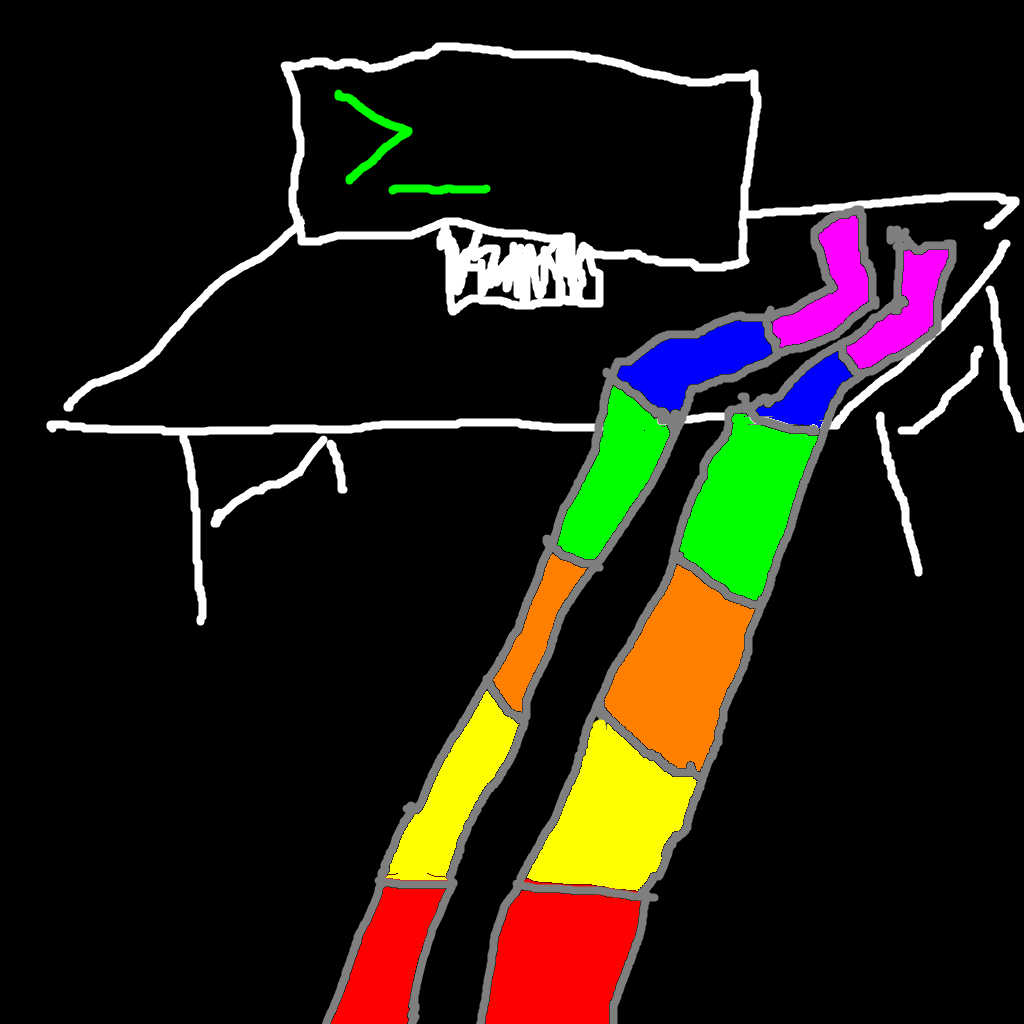

To answer your original question: yes I do think people are genuinely upset with this.
If you take your office installation example, you’re installing a suite of applications. You’re not just installing excel, you’re installing the office suite so you’re bound to get all the applications in the suite.
Meanwhile, this would be like installing the office suite and getting a service installed along with it, that can monitor outgoing network traffic without them saying anything about it.
The main two reasons I’d be upset with this if I used brave was: They installed it without saying anything and It’s something that’s inherently a privacy and security risk. Even if brave themselves don’t do anything malicious with it, doesn’t mean that someone who’s found a potential exploit in the VPN service won’t.
Also just as an aside, I also absolutely despise “GeForce Experience” and there are ways to fetch the drivers as standalone packages without getting the telemetry spyware installed alongside them.


This was my point exactly. A VPN may just as well be used to spy on your traffic rather than secure it. And that’s why I’d be upset, personally: because I don’t trust brave or the company behind it.
But I think the main thing people are up in arms about is the fact that they didn’t ask for it. :)